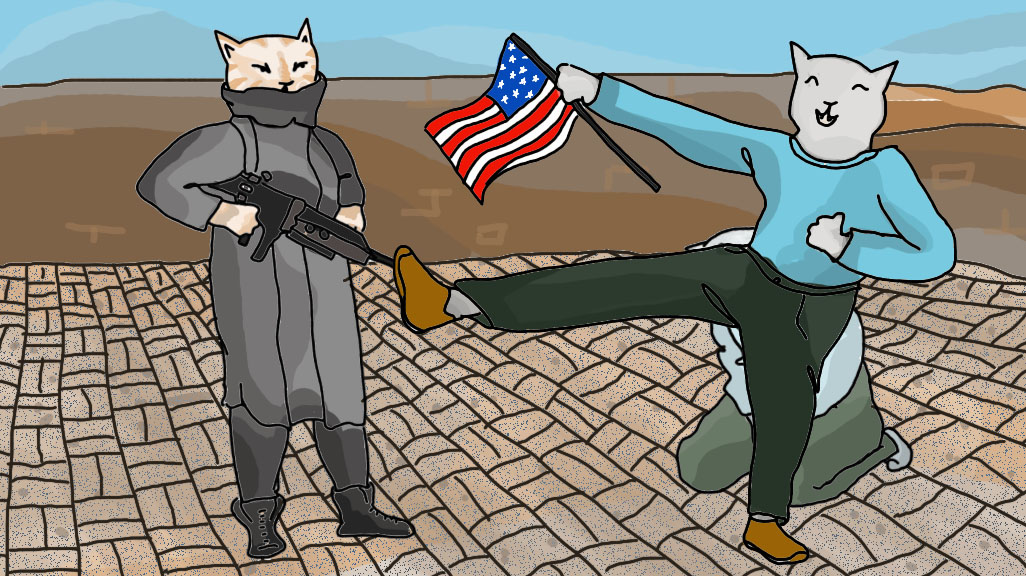Protection, Not Censorship: Why IS Media Doesn't Need to be Showcased
by William Hirsh | published Mar. 17th, 2015
The Islamic State group (formerly known as ISIS) is a menace. It sullies the religion it pretends to preach and leaves death in its wake. The Islamic State group has even dwarfed Al-Qaeda in terms of the brutality it utilizes against people all over the world. Most people understand this from the reports and articles we read and view online, but a journalistic question arises from this situation: should media outlets, especially TV news stations, re-broadcast these live recorded executions for the world to see?
Some might say that it is necessary to show these videos in order to not diminish the negative impact the Islamic State group has had on people, but to say that journalists who chose not to show off these videos are not accurately reporting what is going on is false.
As a journalist, one duty of sorts we as the press have is to "cause the least amount of harm" with our reporting. This means that if there is a public service that can be performed by our reporting —such as a major scandal being unraveled at the cost of the scandal's subject losing their job or going to jail — then we should do so because it benefits the majority. What I see from the use of these videos is that it does have a cost: it's subjecting the families of these victims to emotional trauma via the 24-hour news cycle.
Redistributing these videos seems to rely heavily on the "shock value" of the act, which is an element of journalism that can seem manipulative. Examples of this are the terrible headlines and covers found on the New York Post, a publication that thrives on exploiting events such as these. When the New York Post decided to run a photo of a man about to be run over by a subway as their cover, you could see exactly what is wrong with this type of journalism. Its purpose is not to be a service to the people, but to bait them using tragedy as entertainment. Not only does it disregard the victims of these events, it also tinges our coverage in ways where personal bias is brought to the forefront and opinion takes over for objectivity.
Journalists can and do accurately report on the atrocities committed by the Islamic State group without propagating their executions everywhere. We're not succumbing to fear by not showing these images, we're merely avoiding using tragedy and violence as a stepping stone for journalistic success.. In cases like this, we need to weigh the risks and rewards of publishing this kind of media. 



